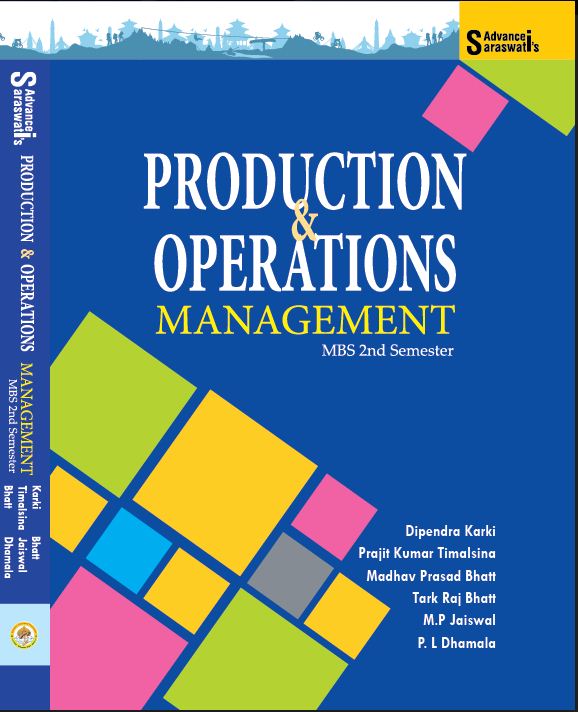Global Financial Markets
Global Financial Markets: A Research-Based Book is a comprehensive contribution to the study of international finance, developed to serve a broad audience of research scholars, academics, policymakers, and finance professionals. It blends theoretical rigor with empirical insight, making it a valuable resource for those engaged in advanced research, institutional policymaking, and strategic decision-making in financial […]










